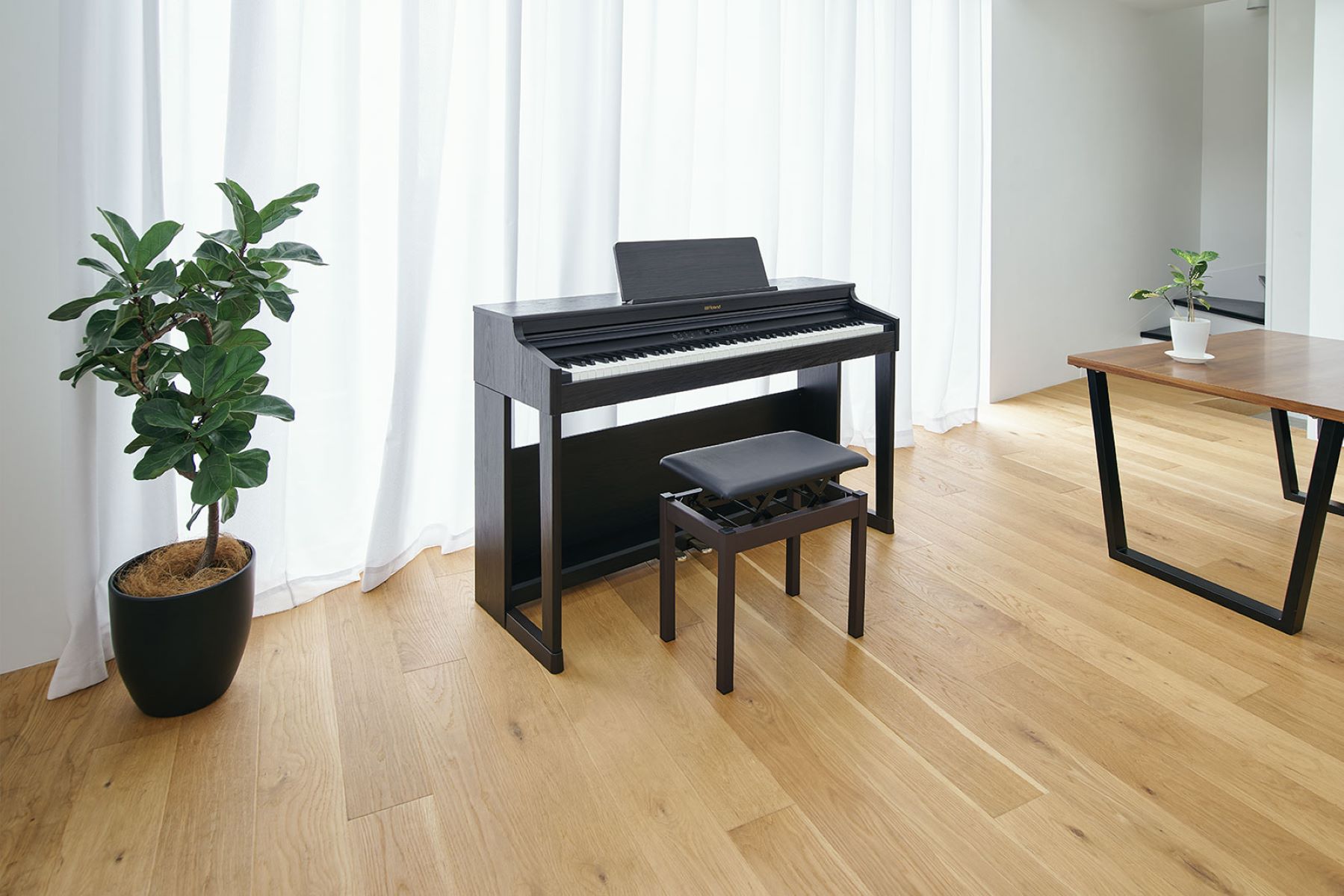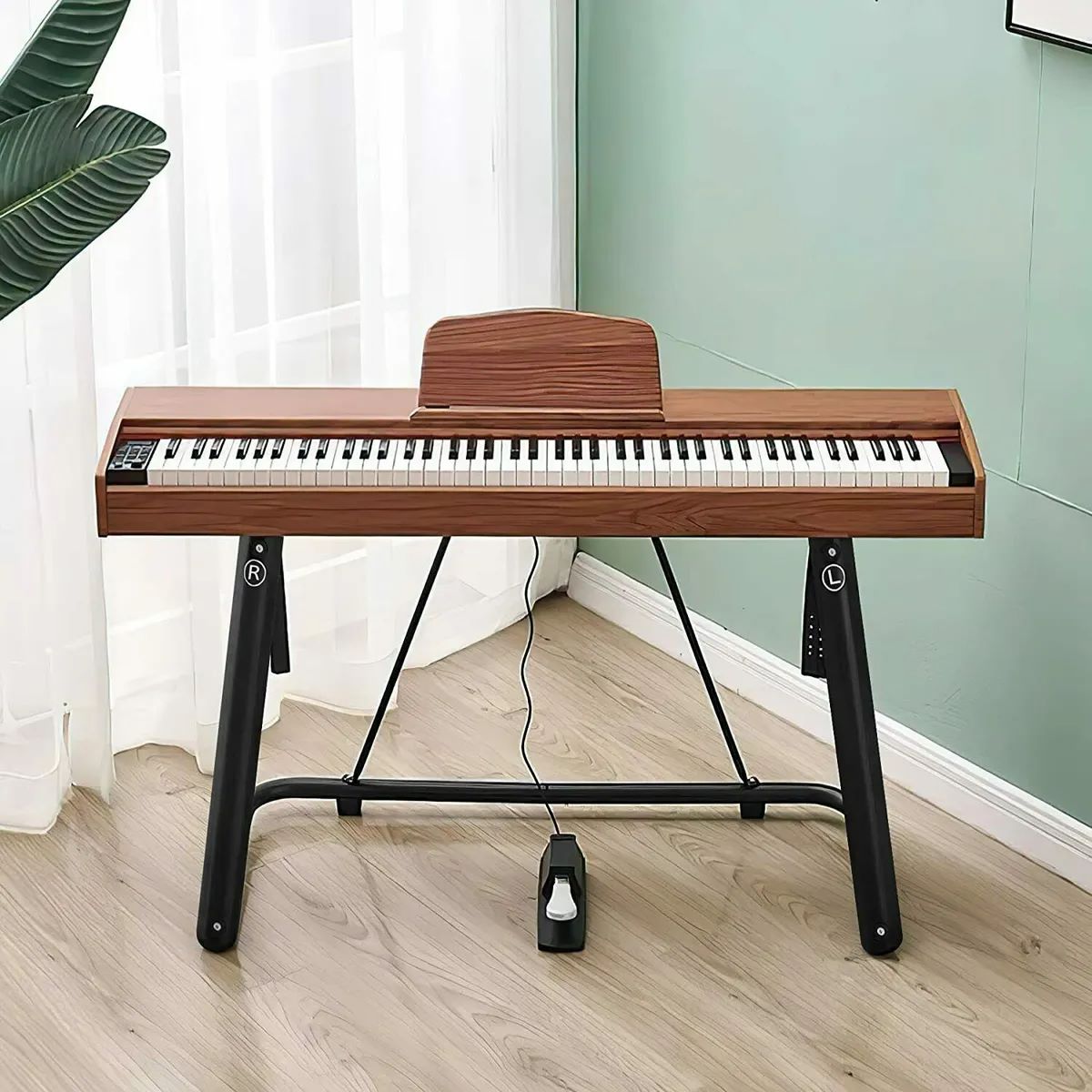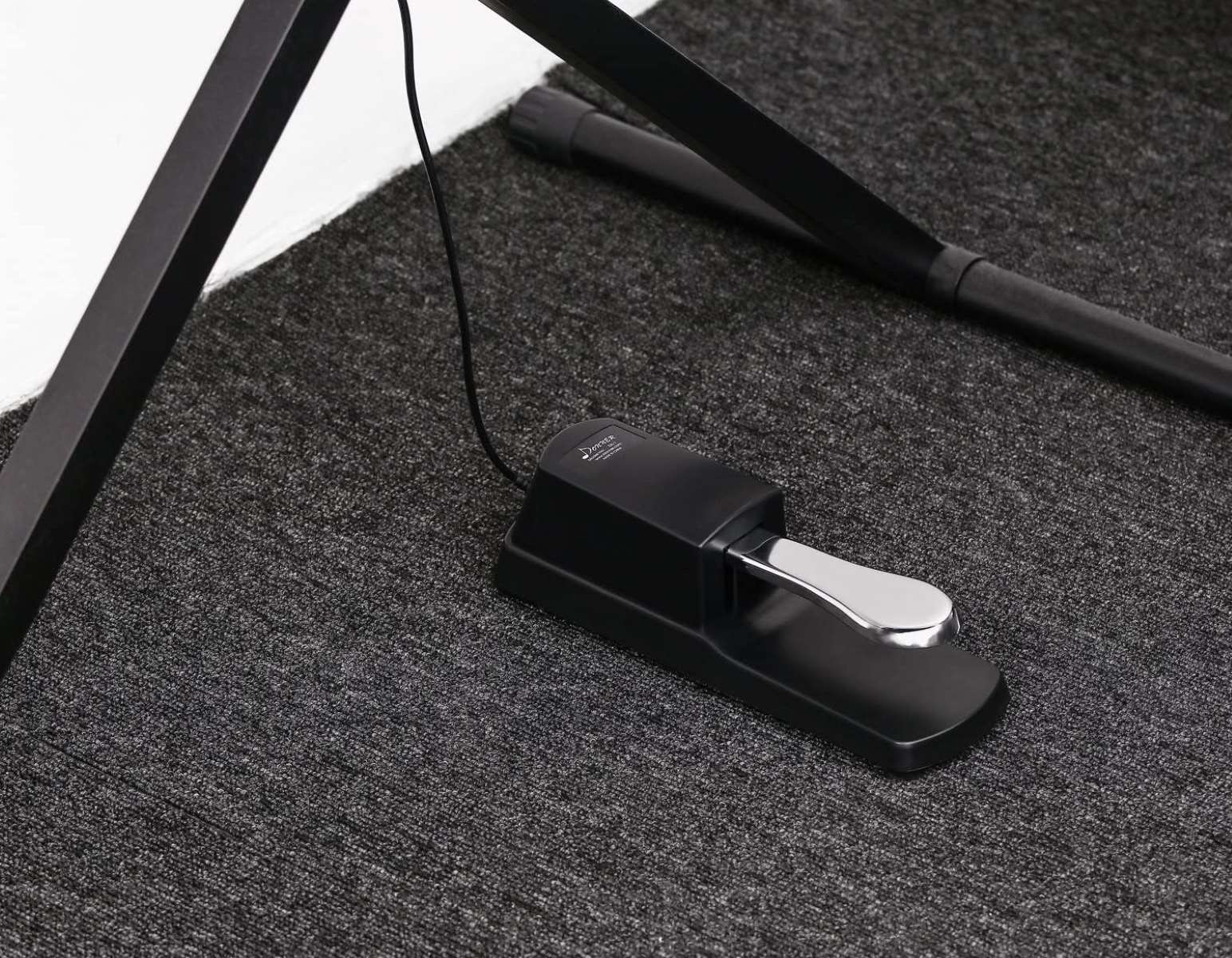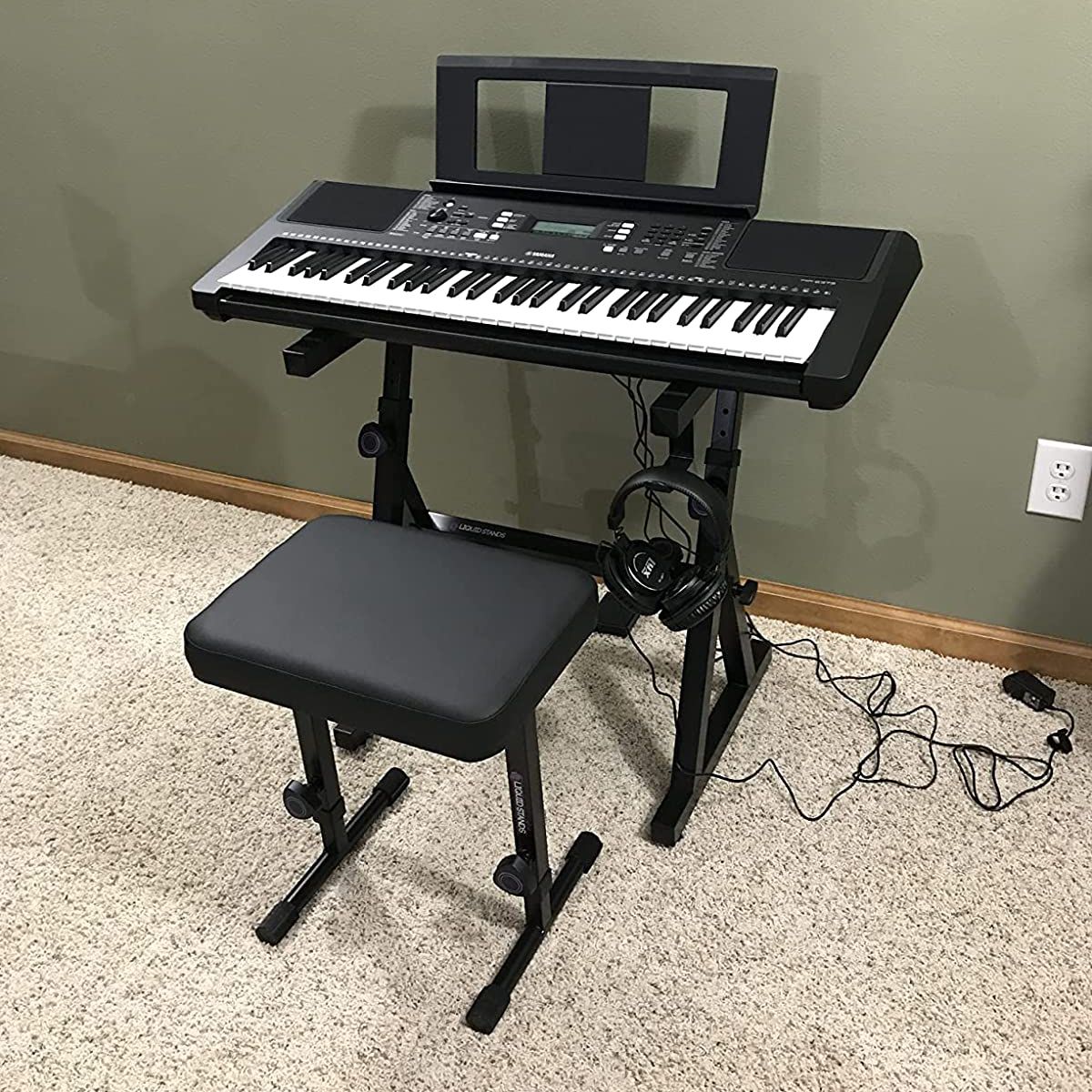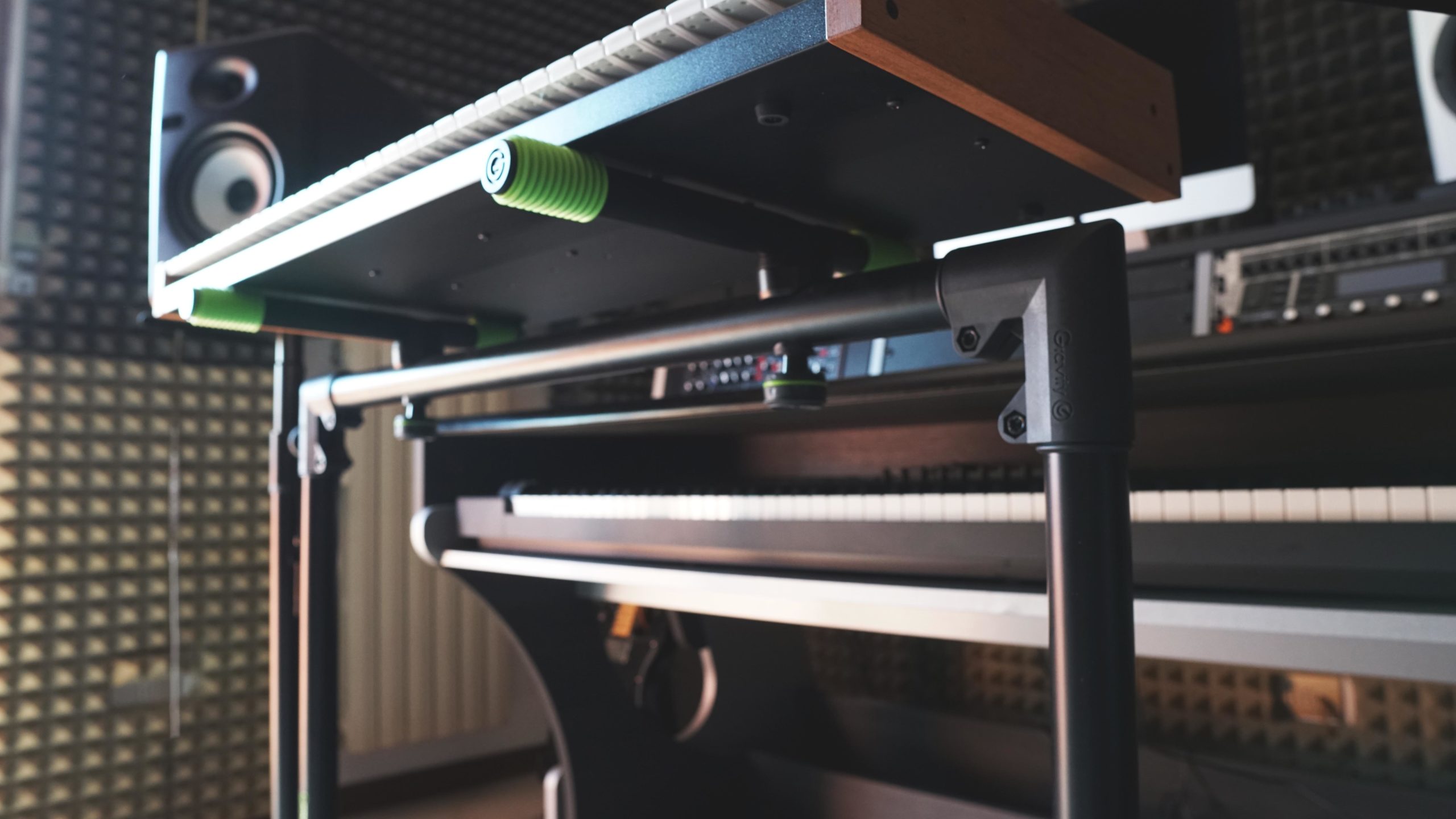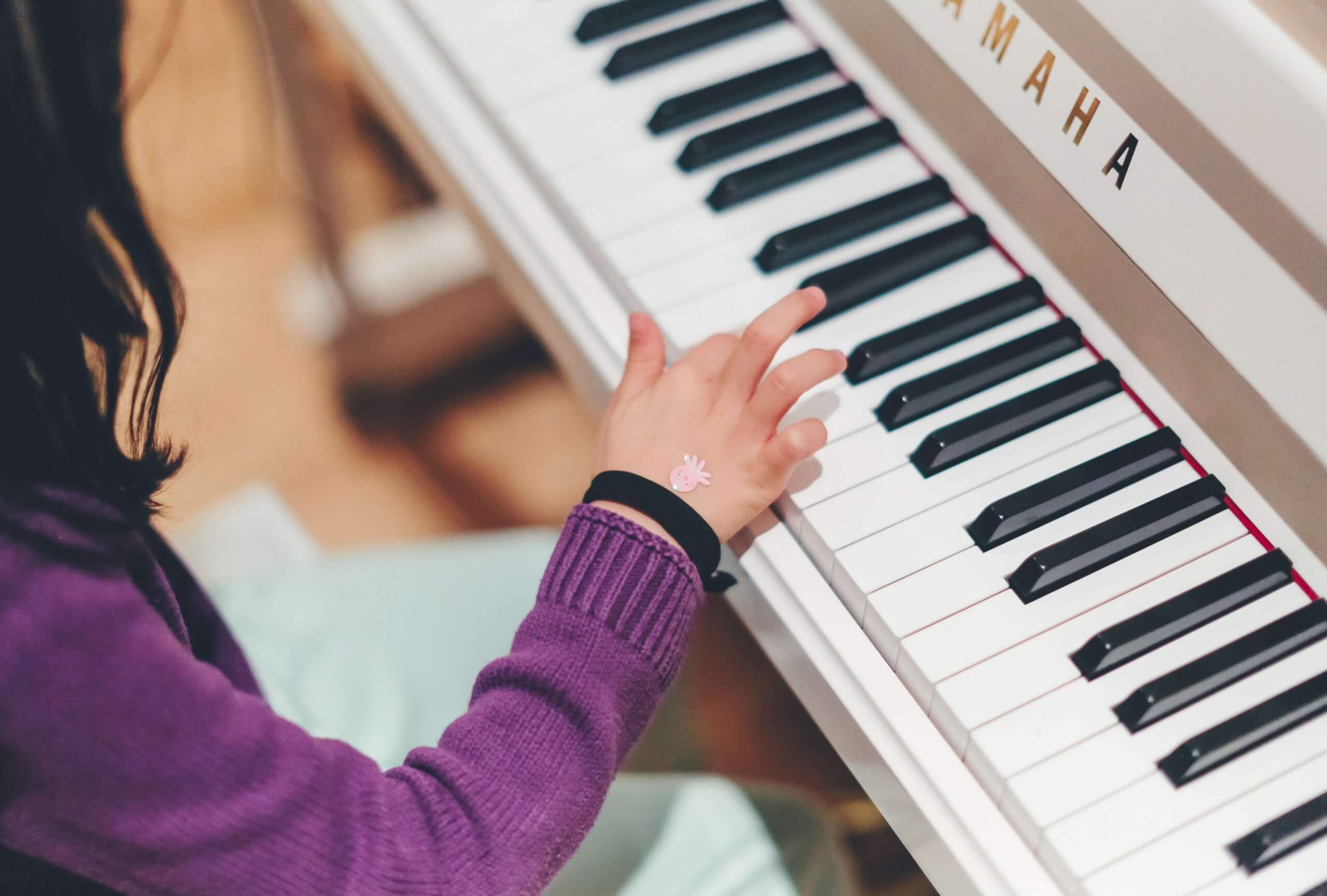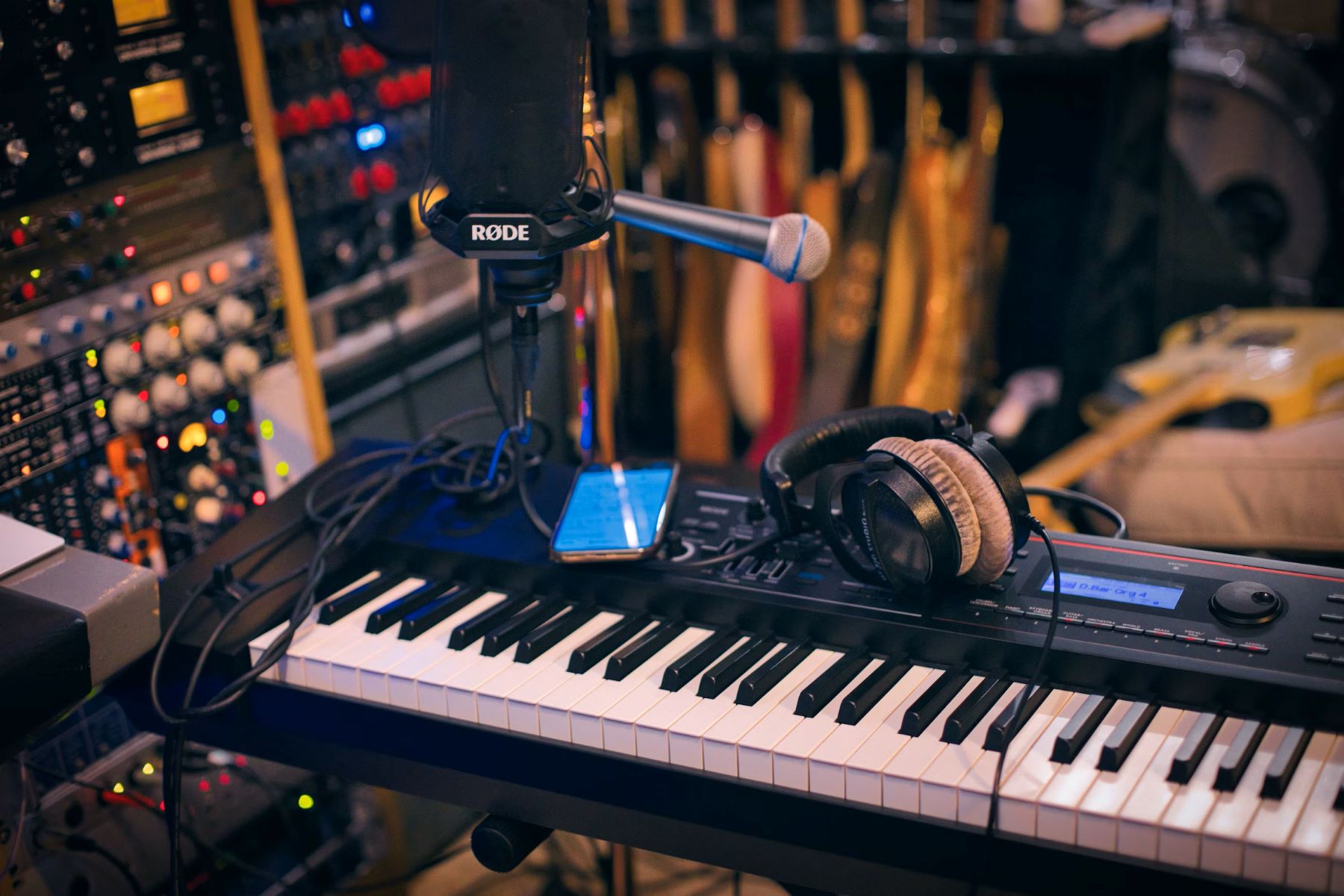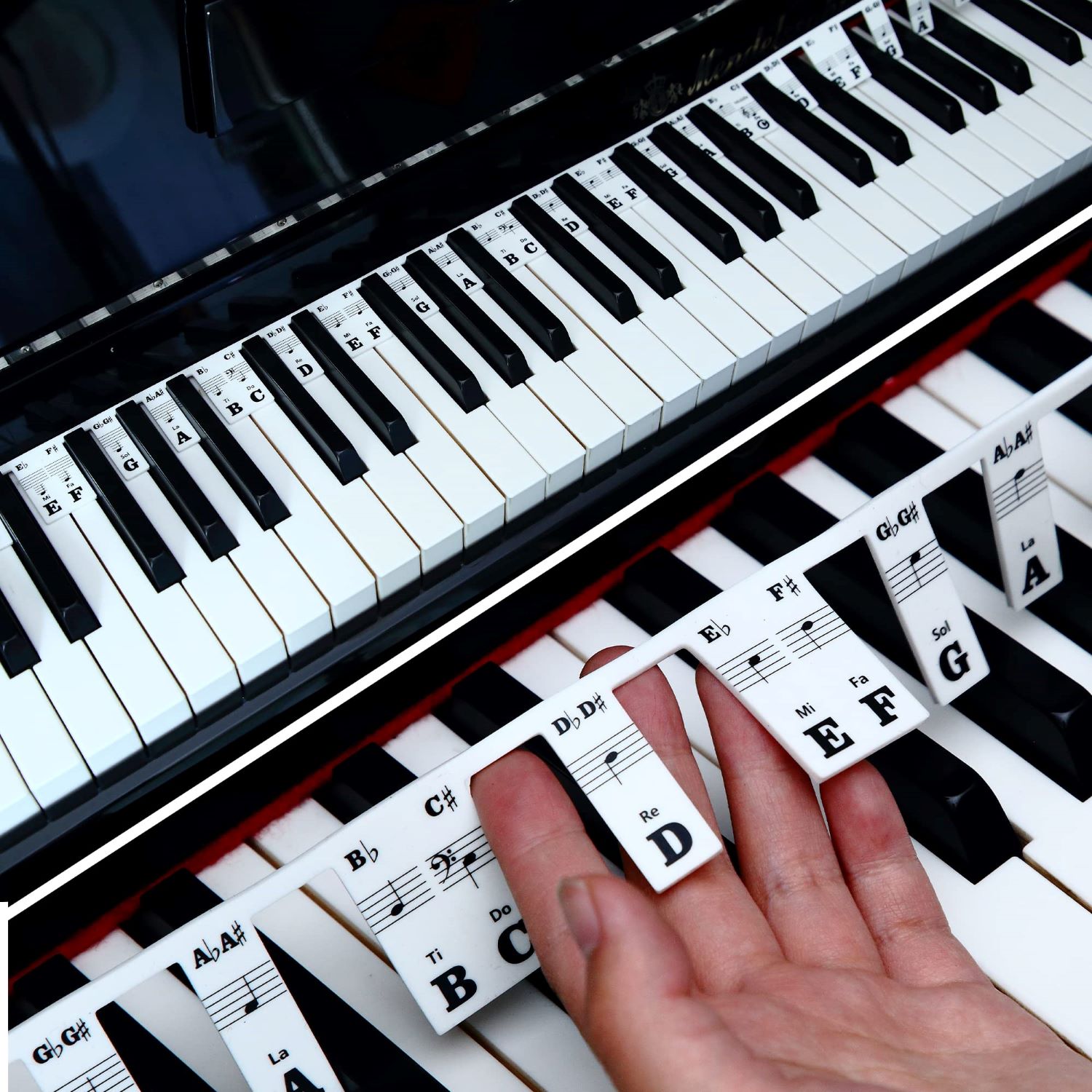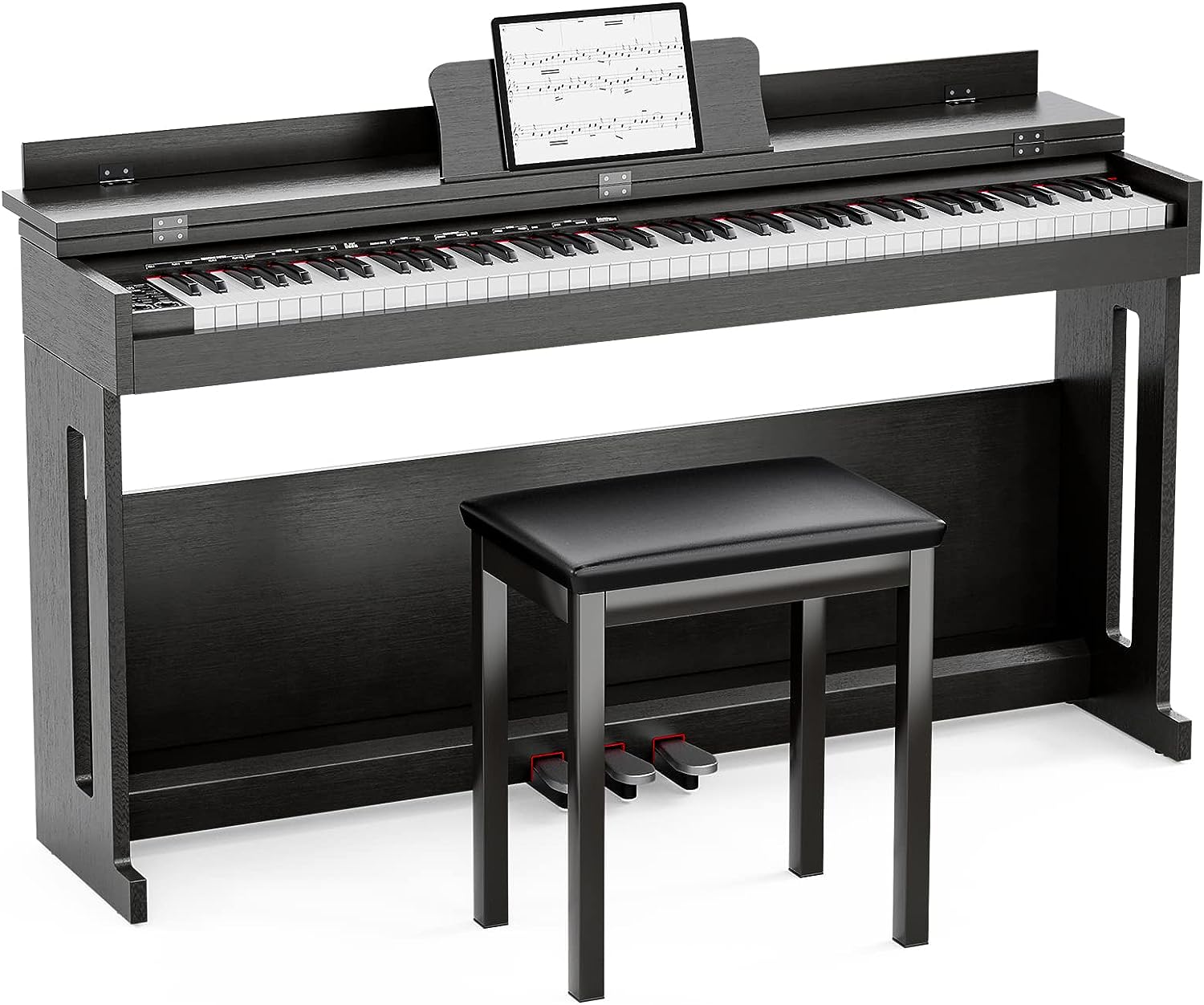Introduction
Digital pianos have become an integral part of the modern music landscape, offering a convenient and versatile alternative to traditional acoustic pianos. These electronic instruments have gained popularity due to their portability, diverse range of sounds, and advanced features. However, prospective buyers often wonder about the longevity of digital pianos before making a purchase. Understanding the factors that influence the lifespan of a digital piano and how to maintain it can help users make informed decisions and maximize the instrument's longevity.
Digital pianos are designed to provide years of reliable performance, but their lifespan can vary based on several factors. By exploring these factors and learning effective maintenance strategies, users can ensure that their digital piano remains in optimal condition for an extended period. Additionally, recognizing the signs that indicate a digital piano may need replacement is crucial for preventing performance issues and maximizing the instrument's lifespan.
In this article, we will delve into the various aspects that impact the longevity of digital pianos, including the quality of construction, usage patterns, environmental considerations, and maintenance practices. Furthermore, we will discuss essential maintenance tips to prolong the lifespan of a digital piano and highlight the indicators that signal the need for a replacement. Whether you are a seasoned musician, a budding enthusiast, or a prospective buyer, understanding the lifespan and maintenance of digital pianos is essential for making informed decisions and preserving the instrument's performance quality. Let's explore the fascinating world of digital pianos and uncover the secrets to maximizing their lifespan.
Factors Affecting the Lifespan of a Digital Piano
The lifespan of a digital piano is influenced by various factors that encompass its design, construction, usage, and environmental conditions. Understanding these factors is crucial for users seeking to maximize the longevity of their instrument. Here are the key elements that can impact the lifespan of a digital piano:
- Quality of Construction: The durability and longevity of a digital piano are significantly influenced by the quality of its construction. Instruments crafted with high-grade materials, robust key mechanisms, and reliable electronic components are likely to have a longer lifespan compared to those with inferior construction.
- Usage Frequency and Intensity: The frequency and intensity of use play a vital role in determining a digital piano’s lifespan. Instruments subjected to heavy, consistent usage may experience wear and tear more rapidly than those used infrequently or with moderate intensity.
- Environmental Conditions: The environment in which a digital piano is placed can impact its lifespan. Exposure to extreme temperatures, humidity, direct sunlight, or dust can affect the instrument’s electronic components, keyboard action, and overall performance. Proper placement and environmental control can help preserve the piano’s longevity.
- Maintenance Practices: Regular maintenance and care significantly contribute to extending the lifespan of a digital piano. Proper cleaning, dusting, and periodic servicing can prevent the accumulation of debris, maintain electronic components, and ensure the optimal functioning of the instrument over time.
- Technological Advancements: The rapid evolution of digital piano technology can influence the perceived lifespan of an instrument. While older models may continue to function, advancements in sound quality, features, and connectivity may prompt users to upgrade to newer models, impacting the perceived lifespan of their existing instrument.
By considering these factors, users can make informed decisions when purchasing a digital piano and implement effective strategies to maximize its lifespan. Additionally, understanding the interplay of these elements can guide users in maintaining their instrument and recognizing when it may be time for a replacement.
Maintenance Tips for Extending the Lifespan
Proper maintenance is essential for preserving the longevity and performance of a digital piano. By implementing effective maintenance practices, users can ensure that their instrument remains in optimal condition for an extended period. Here are valuable tips for maintaining and extending the lifespan of a digital piano:
- Regular Cleaning: Dust and debris can accumulate on the keys, control buttons, and other surfaces of a digital piano, potentially affecting its performance. Regularly dusting the instrument with a soft, dry cloth and using a gentle cleaning solution for stubborn spots can help prevent the buildup of dirt and maintain the piano’s aesthetics.
- Environmental Control: Placing the digital piano in a stable environment with controlled temperature and humidity levels can significantly impact its longevity. Avoiding exposure to extreme conditions, such as direct sunlight, excessive moisture, or rapid temperature fluctuations, can help preserve the electronic components and prevent damage.
- Keyboard Care: Protecting the keyboard from spills, food particles, and excessive force during playing is essential for maintaining its functionality. Using a keyboard cover when the instrument is not in use and exercising caution to prevent liquid spills can prevent damage to the keys and internal mechanisms.
- Regular Tuning and Servicing: While digital pianos do not require tuning in the traditional sense, they may benefit from periodic servicing by qualified technicians. Addressing any technical issues, updating firmware, and ensuring the overall health of the instrument can contribute to its longevity and performance quality.
- Power Management: Safeguarding the digital piano from power surges, fluctuations, and electrical hazards is crucial for its longevity. Using a high-quality surge protector and following the manufacturer’s guidelines for power supply can prevent damage to the instrument’s electronic components.
- Software and Firmware Updates: Keeping the digital piano’s software and firmware up to date can enhance its functionality, address potential performance issues, and ensure compatibility with evolving technologies. Regularly checking for updates and following the manufacturer’s recommendations can contribute to the instrument’s longevity.
By incorporating these maintenance tips into their routine, users can actively contribute to extending the lifespan of their digital piano and enjoying consistent performance and reliability over the years.
Signs That Your Digital Piano Needs to be Replaced
Recognizing the signs that indicate a digital piano may need replacement is essential for maintaining the quality of musical performance and preventing potential issues. While digital pianos are designed to provide years of reliable service, certain indicators may signal the need for a replacement. Here are the key signs that users should be mindful of:
- Diminished Sound Quality: If the digital piano’s sound output exhibits a noticeable decline in quality, such as distorted tones, inconsistent volume levels, or static noise, it may indicate underlying issues with the internal sound system or speakers. Despite maintenance efforts, persistent sound quality issues can point to the need for a replacement.
- Unresponsive Keys or Controls: A digital piano with unresponsive keys, malfunctioning control buttons, or erratic behavior may hinder the playing experience and indicate internal component failure. When basic troubleshooting and maintenance fail to resolve these issues, it may be time to consider replacing the instrument.
- Obsolete Technology: As digital piano technology continues to advance, older models may become outdated in terms of features, connectivity options, and sound capabilities. Users seeking enhanced functionality, modern interfaces, or expanded sound libraries may find that their existing instrument no longer meets their evolving needs, prompting the consideration of an upgrade.
- Persistent Technical Problems: Digital pianos experiencing frequent technical issues, software glitches, or performance inconsistencies despite professional servicing and maintenance may indicate underlying systemic problems. When the cost and effort of addressing these issues outweigh the benefits, replacing the instrument with a more reliable model becomes a viable option.
- Physical Wear and Tear: Visible signs of physical wear, such as worn-out keys, damaged control surfaces, or deteriorating aesthetics, can impact the overall usability and appeal of a digital piano. While cosmetic imperfections may not impact functionality, extensive wear and tear can diminish the instrument’s value and performance over time.
By remaining attentive to these signs, users can assess the condition of their digital piano and make informed decisions regarding its continued use or potential replacement. Recognizing when an instrument no longer meets performance expectations is crucial for maintaining a fulfilling musical experience.
Conclusion
Understanding the lifespan of a digital piano and the factors that influence it is essential for users seeking to maximize the longevity and performance of their instrument. By considering the quality of construction, usage patterns, environmental conditions, maintenance practices, and technological advancements, individuals can make informed decisions when purchasing a digital piano and implement effective strategies to prolong its lifespan.
Furthermore, incorporating regular maintenance practices, such as cleaning, environmental control, keyboard care, tuning and servicing, power management, and software updates, can actively contribute to extending the lifespan of a digital piano. These proactive measures not only preserve the instrument’s functionality but also ensure consistent performance and reliability over time.
Recognizing the signs that indicate a digital piano may need replacement, such as diminished sound quality, unresponsive keys or controls, obsolete technology, persistent technical problems, and physical wear and tear, empowers users to assess the condition of their instrument and make informed decisions regarding its continued use or potential replacement.
Whether you are a seasoned musician, a passionate enthusiast, or a prospective buyer, understanding the lifespan and maintenance of digital pianos is crucial for preserving the instrument’s value and performance quality. By leveraging this knowledge, users can embark on a musical journey filled with enduring creativity, inspiration, and the joy of playing a well-maintained and reliable digital piano.







